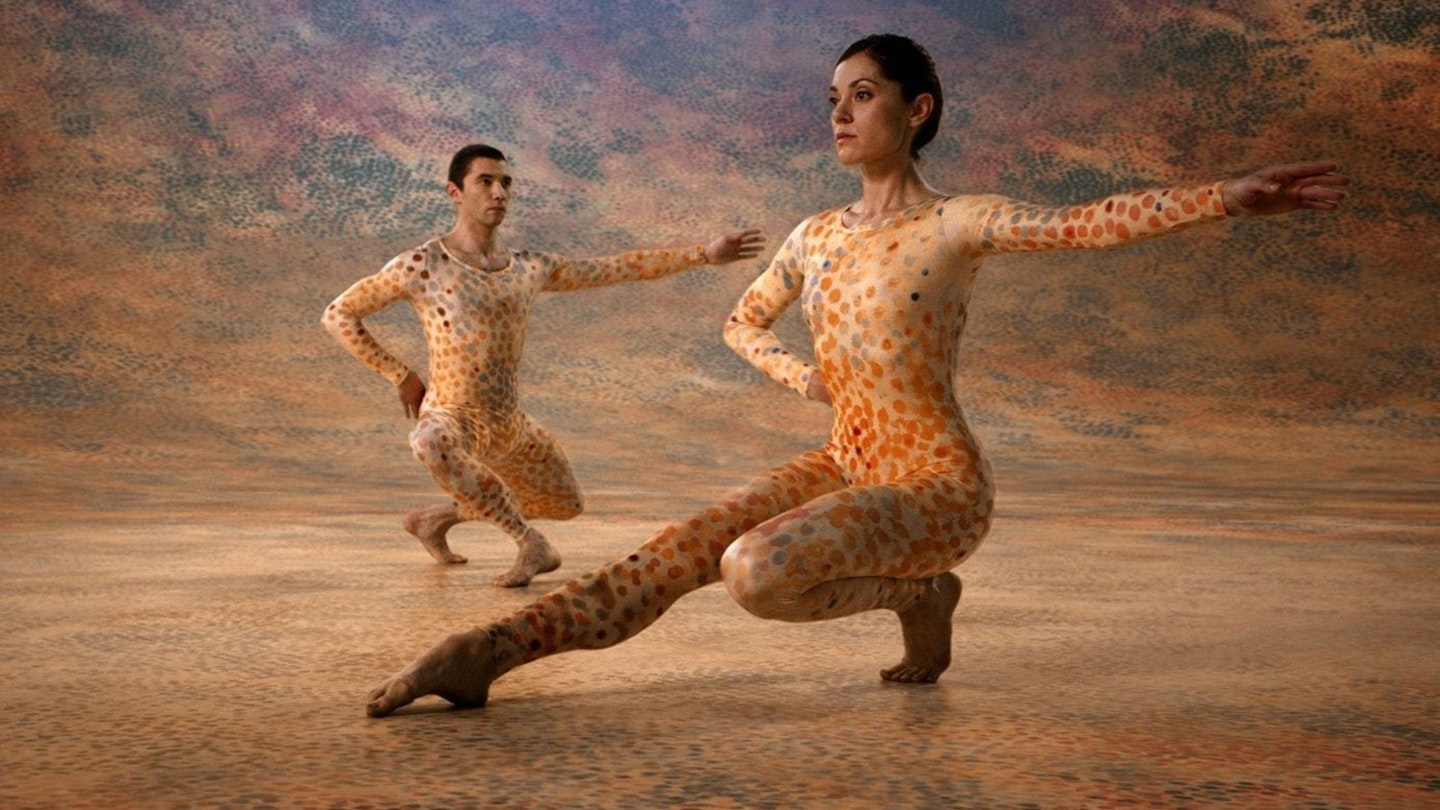Countless artists trained across visual, sonic, physical and psychological forms of expression have shared their admiration for the innovative choreographer Merce Cunningham. These artists include film editor-turned-director Alla Kovgan, who here pushes formal boundaries to honour Cunningham’s work in an innovative performance of her own.
Cunningham is no plain biographical documentary: Kovgan’s film, shot in 3D, toys with the structural possibilities of storytelling, always aiming for formally audacious content. Archival interviews are interwoven with ambitious new stagings of some of Cunningham’s best-known dances, marrying the past with the future and showing audiences how one innovator can lead the way for a whole new generation.
Too much attention is given to the the description of his technique, rather than vivid images of him or his dancers doing it.
The film focuses on Cunningham’s work between 1942 and 1972, and includes interviews with his key collaborators, John Cage and Robert Rauschenberg. There are also snippets of his working relationship with Andy Warhol. But one of Merce Cunningham’s own quotes throws light on the film’s ultimate success. “I don’t describe it, I do it,” he says. Cunningham does show performances of his dances, but these are contemporary recreations of them, brought to life with visionary technology and aesthetic flourishes. As a piece of cinema, it’s engaging, challenging and often exciting. But as a portrait of Cunningham’s essence, too much attention is given to the idea of his mind, the description of his technique, rather than vivid images of him or his dancers, indeed, doing it.
Kovgan aimed to merge dance and 3D, and succeeds. She introduces Cunningham’s broad visions with sharp interviews and thoughtful framing — but such ambition does at times eclipse the detail of his dance, the mechanics of how the human body was trained to behave, obey, and experiment. Such stimulating cinema entertains, but does leaves you wondering just how much it was able to educate.
